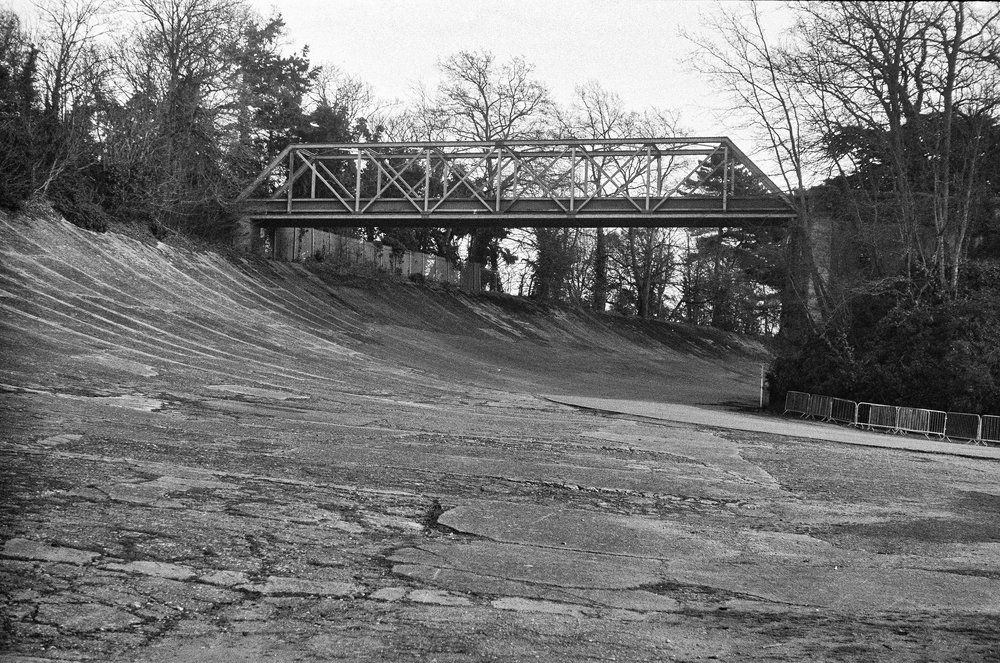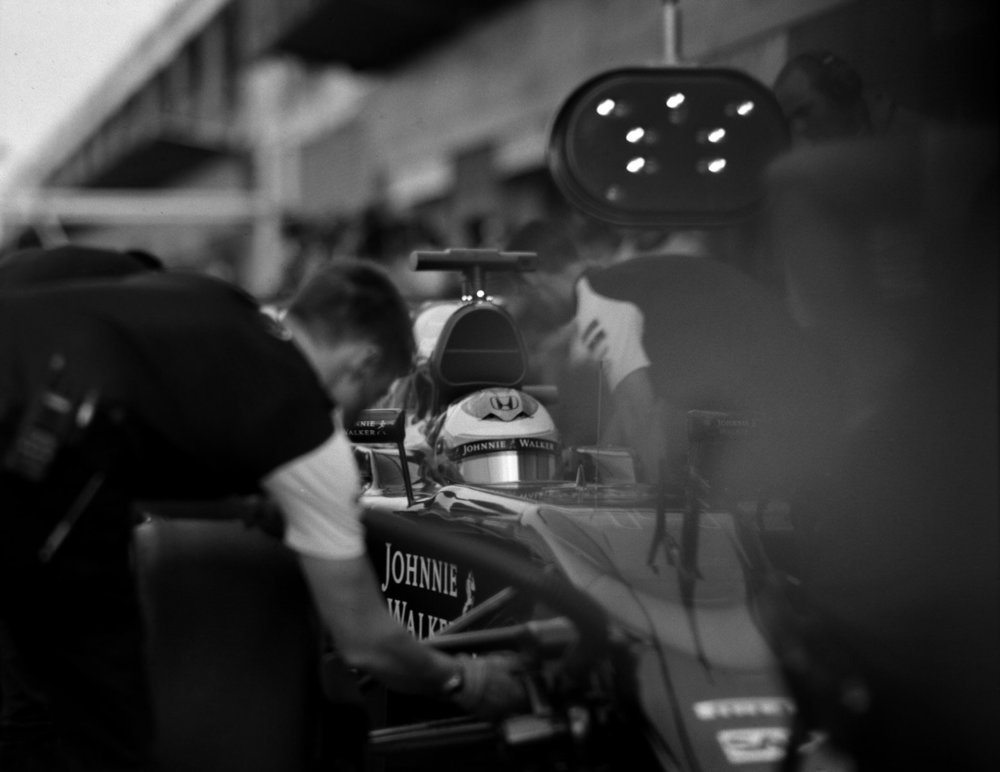
My 1935 Leica III is still capable of delivering the goods, given a decent lens. I shouldn’t be surprised, really, because it is a mechanical device that performs just as well now as it did when new. Sure, it’s a bit slow and fiddly compared with, say, a modern MP or M-A film camera, but the basics of good photography are all still there. It is in using a really old camera, let’s say one that was made 100 years ago, where the real fun starts.
We are about to find out for ourselves because our man in Ireland, William Fagan, has acquired one of those sought-after World War I Kodak Vest Pocket Cameras — the companion that many soldiers took to the trenches and recorded the action despite atrocious conditions and, it has to be said, against a ban on photography. William has also been out and about with an ancient Kodak Brownie and I’m looking forward to seeing the results. Later, I hope, we will be seeing the pictures from both cameras.
What about, though, using a vintage camera for sports photography? Cameras that are now considered slow and rather ponderous — such as my Leica III — were once the bee’s knees at sporty stuff. I’ve had my Leica to Brooklands but only for static work as in the lead photo; I wouldn’t now consider it a natural choice for fast-moving race cars, for instance. Yet as late as the 1950s my old friend and colleague Don Morley was to be found at Oulton Park race circuit in Cheshire with a couple of Leica IIIf screw-mount cameras around his neck. He solved the problem of manual focus by sticking a piece of glittering cigarette-packet silver foil in a crack in the road surface. He could focus on that spot and grab the shot, with a bit of deft panning, as the cars or motorcycles shot past.
As always, where there’s a will, there’s a way. Turn the clock back even further, to the original 4×5 Graflex press camera, and it’s interesting to ponder how photographers of the day used these large and unwiedy instruments to capture race shots at circuits such as Brooklands — the world’s first purpose-built car race track. Conditions were certainly challenging.

Now we know. Photographer Joshua Paul of Lollipop Magazine decided to take a retro view of the modern F1 scene using his 1913 Graflex and a results are quite astounding. Touring a photo fair, such as the recent event at Bièvres in France, and it’s easy to write off the antique cameras as curios and collectors’ pieces. But we sometimes forget that they are still capable of performing as the workaday tools that they once were.
Petapixel put together a compendium of Paul’s F1 shots, using the Graflex, and you can see them here. Personally, I find them fascinating.
__________

Sorry to have to correct you but the camera shown is a Speed Graphic Press camera circa 1940’s whereas a Graflex was a massive solid box shaped SLR camera and neither looked or handled like the wonderfully versatile but much later era Speed Graphic, although both stemmed from the same American manufacturer. Best regards, Don
Thanks, Don. I’m very happy to be corrected and I thank you for pointing this out. I will amend the post when I get back to base later.
Mike
Unconventional courage to march to your own drumbeat! BRAVO SIR enjoyed your pics very very much!